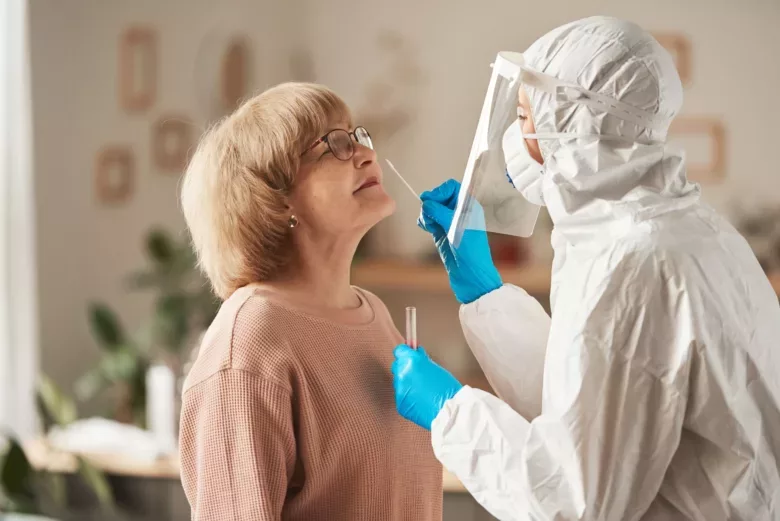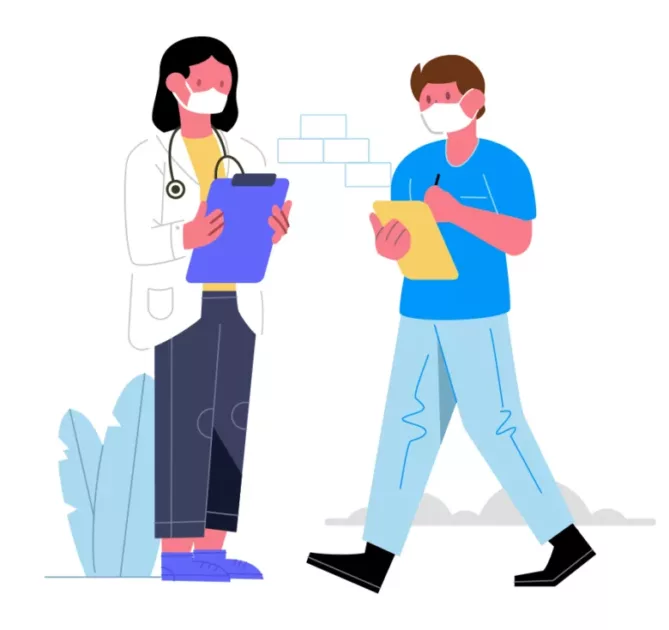CDC, the Centers for Disease Control and Prevention, is streamlining its COVID-19 guidance to help people better understand their risk, how to protect themselves and others, what actions to take if exposed to COVID-19, and what actions to take if they become ill or test positive for the virus. COVID-19 is still circulating globally, but with so many tools available for reducing COVID-19 severity, there is a significantly lower risk of severe illness, hospitalization, and death than there was earlier in the pandemic.
CDC Has Admitted Some of Its Shortcomings
Dr. Rochelle Walensky, director of the Centers for Disease Control and Prevention, stated that the agency “did not consistently meet expectations” and that it would overhaul its operations following an external review that discovered flaws in the COVID-19 response.
The review, which began in April, comes after the CDC was heavily chastised for errors both early in the pandemic and more recently, with critics pointing to confusing guidance and slow responses.
Among the conclusions of the review, which was conducted by Jim Macrae, a representative of the Department of Health and Human Services (HHS), were that the CDC should “share scientific findings and data faster” and “be transparent about the agency’s current level of understanding.”
Walensky effectively admitted that at least some of the criticism is valid, and the agency announced a series of steps to revamp and improve its responses in August.
The Initiatives Taken By CDC
Dr. Walensky met with senior agency leadership this August to lay out her plans for overhauling the agency’s operations. She intends to change the culture to allow the agency to respond to a public health crisis more quickly. She also wants to make it easier for other branches of government to collaborate with the CDC, as well as simplify and streamline the website to eliminate overlapping and contradictory public health guidance.
“My goal is to establish a new, public health action-oriented culture at the CDC that prioritizes accountability, collaboration, communication, and timeliness. I am excited to work with the incredible people at the CDC and our partners to realize the agency’s full potential to improve people’s health and well-being” – Walensky said in a recent statement.
A Detailed Breakdown of CDC’s Modifications
In support of those claims, CDC will be:
- Emphasizing the need for vaccinations to protect people from serious illness, hospitalization, and death. The current vaccine offers less protection against symptomatic infection and transmission than it does against severe disease, and that protection deteriorates over time, especially against the variants that are currently circulating. This makes it crucial to stay current, particularly as new vaccines become available.
- Updating its advice on what to do if exposed to someone who has COVID-19 for those who do not have the most recent COVID-19 vaccinations. This is in line with the current advice for those who have received all COVID-19 vaccines.
- Advising that if you were exposed to COVID-19, you wear a premium mask for 10 days before getting tested on day 5.
- Recommending once more that if you have COVID-19, you should isolate yourself from other people, regardless of vaccination status.
- Advising that if you test positive for COVID-19, you isolate yourself from others in your home for at least 5 days. During these first five days, you are probably the most contagious. When you must be around people at home or in public, put on a good mask.
- Emphasizing the need for frequent COVID-19 testing if you are regularly exposed to public or traveling to highly-infected areas like China or Spain.
Conclusion
The bottom line is that the CDC will keep concentrating its efforts on preventing serious illnesses and post-COVID conditions while making sure that everyone has the knowledge and resources they require to reduce their risk.
This revised advice is meant to be used in communal settings. In the coming months, CDC will work to integrate today’s update into stand-alone guidance documents, including those for travel, congregate settings at higher risk of transmission, and healthcare settings.


